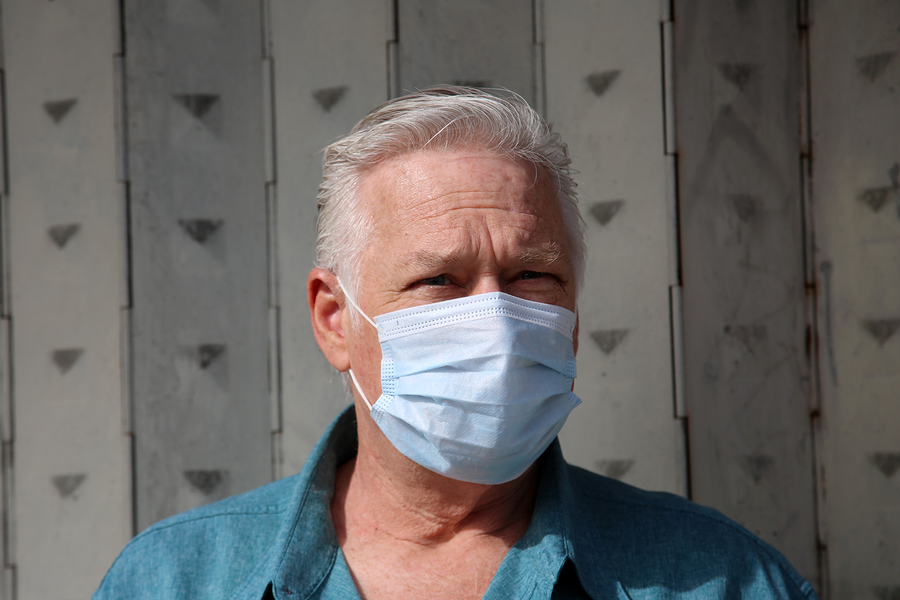How to use a face mask safely
In these extraordinary times, it is important to protect ourselves and others from the spread of infectious bacteria. Social distancing and thorough hand-washing represent two effective measures to help prevent the spread of disease.
Face masks have also been identified as an effective measure by experts and a number of countries have made mask-use in public compulsory.
General guidelines
Current World Health Organization (WHO) guidelines advise that members of the general public should wear a mask if they are taking care of a person suspected of having the virus or coughing and sneezing.
Using face masks in public is not mandatory in the UK at this time, in part to ensure stocks are available for NHS staff. However, recent government advice – shared as part of the three-step plan to ease lockdown restrictions – does say people should aim to wear face coverings on public transport and in some shops, in essence, if you are in an enclosed space where social distancing is not possible and where you will come into contact with people you do not normally meet.
Supplying NHS staff and the public
Covaflu recognises the incredible work being done by NHS staff across the UK, and in line with government guidelines, is committed to helping health workers during these times.
Covaflu is currently supplying FFP3 masks to healthcare professionals only, with FFP2 masks also available to the general public. Both meet WHO standards, and a 20 per cent discount is available to NHS staff through the Covaflu website.
Information on the specifics of FFP3 and FFP2 masks can be found here.
While facemasks can provide protection against certain viruses it is important to know how to use them effectively. With this in mind we’ve compiled some tips on best-practice:
Wash your hands thoroughly first
Before putting on a mask ensure your hands have been cleaned thoroughly with either an alcohol-based hand rub, or soap and water. The NHS advises that you should wash your hands for about 20 seconds (roughly the time it takes to sing “Happy Birthday” twice).
World Health Organisation guidelines stress that masks are only effective when used in conjunction with thorough hand-washing.
How to wear your mask properly
Ensure that the mask is covering both your mouth and your nose, and that there are no gaps between your face and the mask.
While wearing a mask try to avoid touching it. If you do there is no need to panic, simply clean your hands with alcohol-based hand rub, or soap and water.
Removing your mask safely
Remove your mask from behind and avoid touching the front of the mask. If you are using a single-use mask then dispose immediately in a closed bin and repeat the 20-seconds handwashing mantra.
If you are using a re-usable mask replace it as soon as it becomes damp.
Remain vigilant
Experts have warned that wearing a mask can give users a false sense of security, leading them to be less vigilant of other protection measures, and take more risks.
Using a face mask should be viewed as a complementary measure and not as a replacement for established preventative practices such as physical distancing, and thorough hand hygiene.
Covaflu masks meet World Health Organisation standards and has been a trusted supplier of respiratory masks since 2008.
Face masks have also been identified as an effective measure by experts and a number of countries have made mask-use in public compulsory.
At Covaflu, all our masks are sourced separately to NHS requirements and do not impact on NHS supplies, so you can rest easy that your purchase is not disrupting vital supply chains. For more information visit www.covaflu.com






















